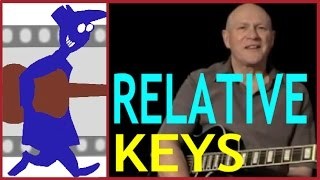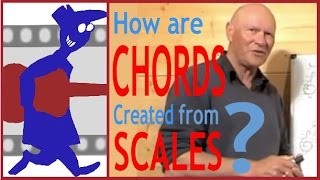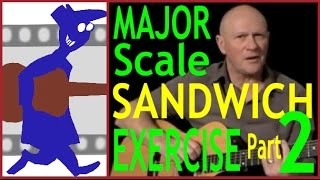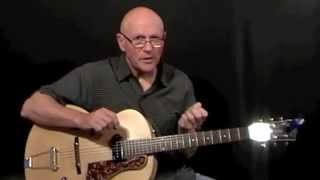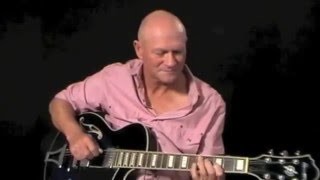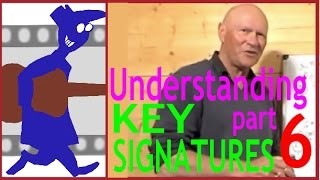Intervals on the Guitar Fret Board
Published on 26 January 2016
If you would like to gain full access to all our Guitar Teaching Materials please visit the Secret Guitar Teacher Site and take a free tour: http://www.secretguitarteacher.com/youtube/ssb.php?lp_id=399
Here's the video transcript:
As you move more into advanced guitar playing, thinking in terms of intervals, rather than notes or chords, becomes increasingly useful. But because of the non-linear two-dimensional nature of how notes are laid out on the fret board, spotting interval patterns is not a simple task.
In this lesson we are going to assume that you are reasonably familiar with octave patterns and aim to get you oriented to the next three most useful intervals: the third, the fifth and the minor seventh.
On any one string we can find a major third by moving up four frets, but that can be quite an awkward step to finger melodically and of course is of no use to us when constructing chords.
When working across the strings the commonest shape for a third is this one ...so, from a root, or key note we move up one string, back one fret. And this works fine on any adjacent pair of strings except of course the third and second strings where the pattern is shifted to two notes straight across like this.
So, in the chord of C, for example, we can spot a third interval here and we can double check by naming the notes...C for our root here on the 5th string 3rd fret and E on the second fret of the D string - C D E = three steps up the C Major scale. But notice that there is another, slightly less obvious repeat of this interval pattern here between the second string first fret, again a C note and the open top string another E note of course.
When playing open chords you need to think of any played open strings as being fingered here behind the nut.
OK let's move on to spotting 5ths. You may already be familiar with this first shape from using power chords from our root we move up two frets and across one string . Again, this has to be adjusted when working across from the third to the second string by stretching to three frets up.
Staying with basic power chord shapes a minute, very often when we play a fifth chord shape in rock music we double up on the root note by including the octave like this. So, as well as thinking of this interval here as a fifth G to D on strings 6 and 5 for example on this G5 shape, it is also useful to think of this as an inverted fifth with the root or key note G here on the D string and the Fifth note D here on the fifth string directly below it.
So, quite often, in a chord shape we spot the fifth as being on the next string down at the same fret as the root. For example if I play an A shape.Here's our root note on the third string at fret 2 and the note immediately below is an E - the 5th in the key of A - so that's an inverted fifth.
Notice that on the basic D chord shape the root is here on the second string and the inverted fifth has been shifted down a fret to account for the tuning anomaly between these two strings.
Finally, for this lesson let's look at where we can find the minor seventh interval or flatted seventh as I often refer to it in chord formulas.
For me, I find there are two particularly useful ways to look at this interval. You can think of it as being one tone or two frets down from the octave note.
so that means that it's always two frets down from a root note. In many dominant chord shapes, it is also useful to think of it as being found at the same fret, but two strings higher than the root.
So, in the C7 shape it's easy to spot this as the flat seventh note, and of course that hold good for all the other dominant chords built off that shape ...like the ninth 7#9 7b9 13th and so on. Likewise for the E string rooted dominant seventh chord we can identify this note as the flat 7 in all these shapes: 7th, 9th, 7#5, 11th, 13th etc.
Well that's just a few ideas to get you started thinking this way. I'll develop this theme of interval recognition over the next lesson or two and show you a few useful applications for this way of looking at the guitar fret board and being able to analyse chord shapes, scale and arpeggio patterns.
See you again soon!
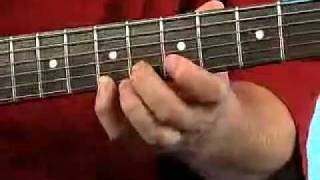 Guitar Lesson: Chicken Picking Intro
Guitar Lesson: Chicken Picking Intro
 Music Theory Square One - Week 1
Music Theory Square One - Week 1
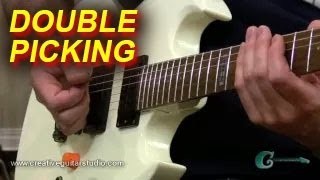 GUITAR TECHNIQUE: Double Picking
GUITAR TECHNIQUE: Double Picking
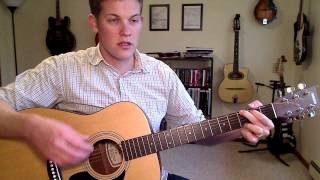 How to Embellish a G Chord
How to Embellish a G Chord
 Creative Guitar: Harmonized Moveable Chord Shapes...
Creative Guitar: Harmonized Moveable Chord Shapes...
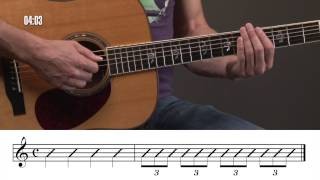 Beginner Guitar Strumming Drills
Beginner Guitar Strumming Drills
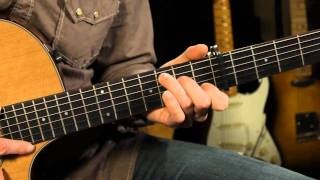 RobbieCalvoGuitar.com - Capo Lesson, Part II
RobbieCalvoGuitar.com - Capo Lesson, Part II
 A Beautiful Muse Chord Progression
A Beautiful Muse Chord Progression
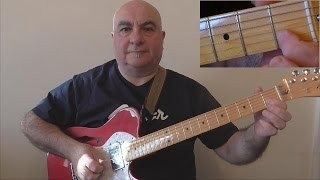 The C Major Scale For Guitar Beginners
The C Major Scale For Guitar Beginners
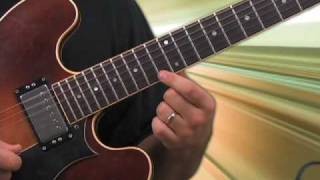 Guitar Scales Lesson - Minor Pentatonic Scale Root...
Guitar Scales Lesson - Minor Pentatonic Scale Root...
